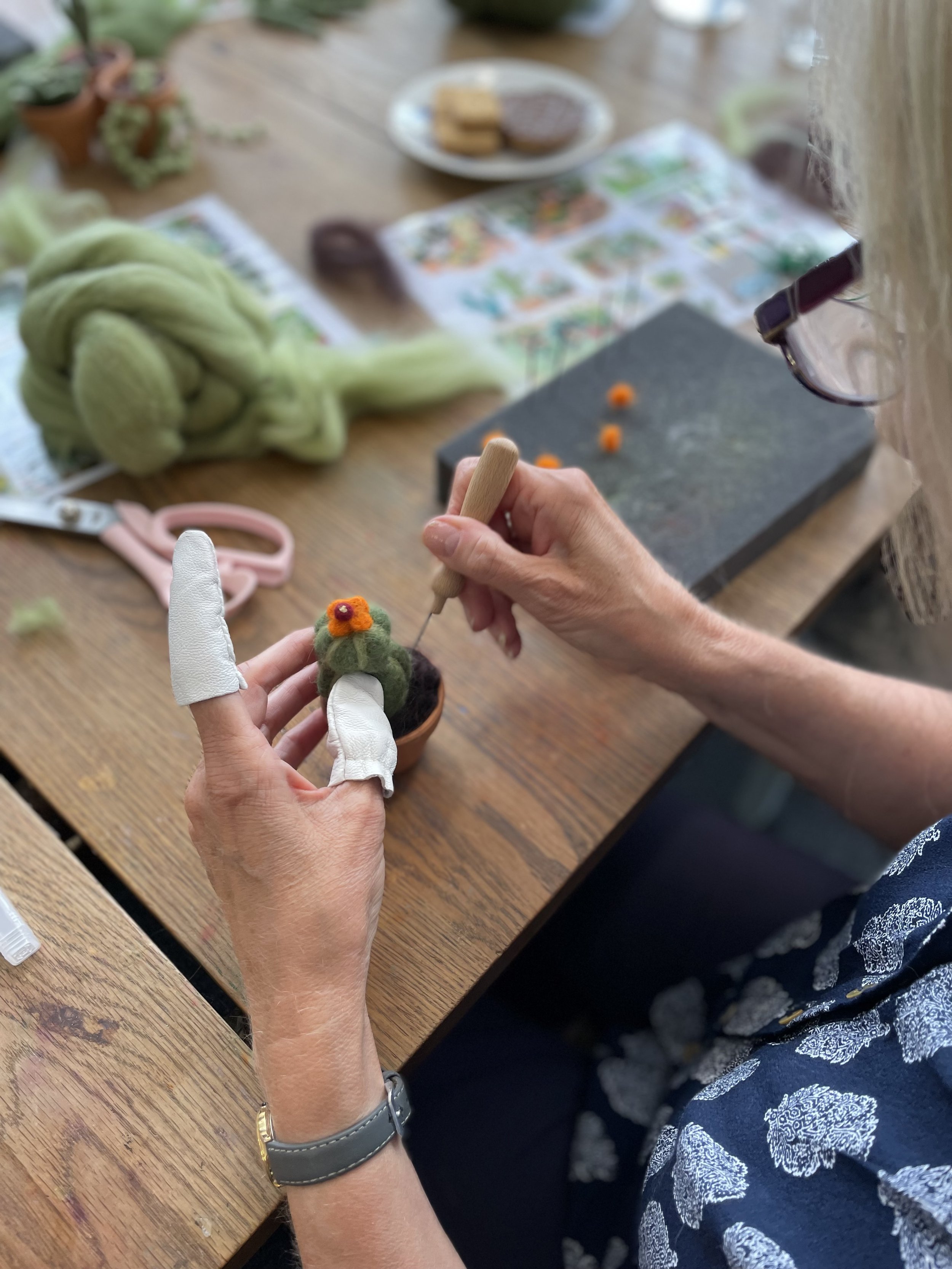Once you’ve got your base formed, you’ll want to start creating the individual parts of your piece. When you’ve got all of the components ready, the green needle is great for attaching different elements together.
Remember that once it feels a bit tough to continue with a needle, it likely means that your piece has become more dense and now requires a smaller needle (from largest to smallest: Silver, Red, Green, Blue, Gold). Go with the colour that feels right, and don’t feel you have to go through them all systematically - switch it up as needed.
I would buy a few needles of each colour to prepare yourself for the snapping that is inevitable as you’re learning!







